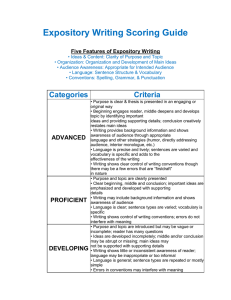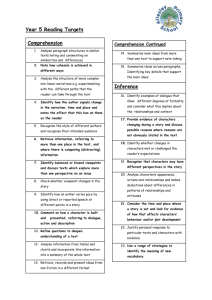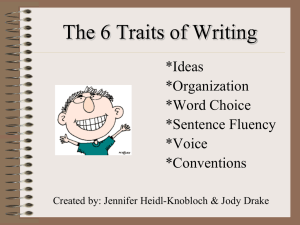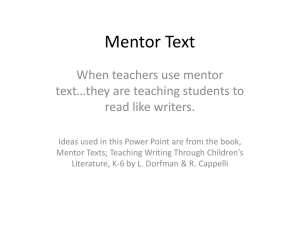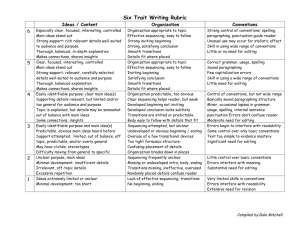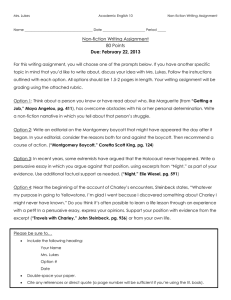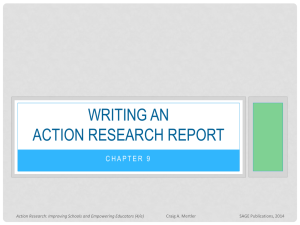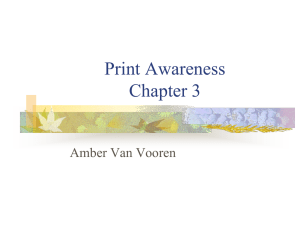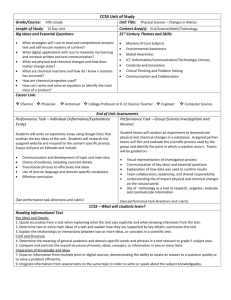Profiling Stylistic Change Using Instructional Writing on Horses: The
advertisement
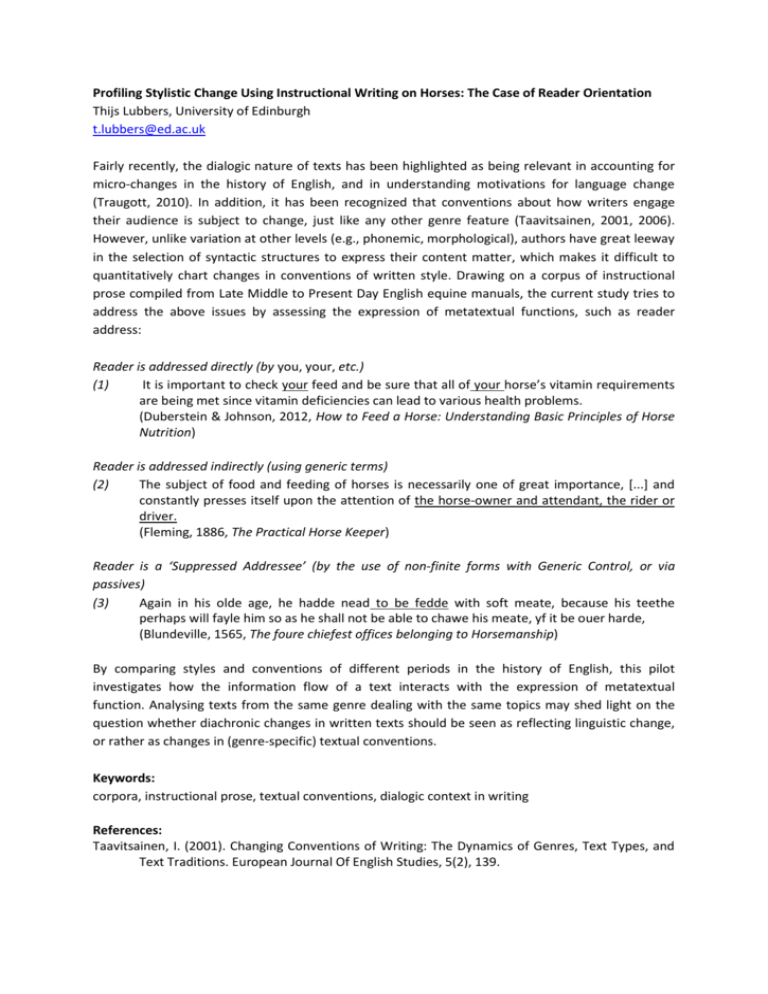
Profiling Stylistic Change Using Instructional Writing on Horses: The Case of Reader Orientation Thijs Lubbers, University of Edinburgh t.lubbers@ed.ac.uk Fairly recently, the dialogic nature of texts has been highlighted as being relevant in accounting for micro-changes in the history of English, and in understanding motivations for language change (Traugott, 2010). In addition, it has been recognized that conventions about how writers engage their audience is subject to change, just like any other genre feature (Taavitsainen, 2001, 2006). However, unlike variation at other levels (e.g., phonemic, morphological), authors have great leeway in the selection of syntactic structures to express their content matter, which makes it difficult to quantitatively chart changes in conventions of written style. Drawing on a corpus of instructional prose compiled from Late Middle to Present Day English equine manuals, the current study tries to address the above issues by assessing the expression of metatextual functions, such as reader address: Reader is addressed directly (by you, your, etc.) (1) It is important to check your feed and be sure that all of your horse’s vitamin requirements are being met since vitamin deficiencies can lead to various health problems. (Duberstein & Johnson, 2012, How to Feed a Horse: Understanding Basic Principles of Horse Nutrition) Reader is addressed indirectly (using generic terms) (2) The subject of food and feeding of horses is necessarily one of great importance, [...] and constantly presses itself upon the attention of the horse-owner and attendant, the rider or driver. (Fleming, 1886, The Practical Horse Keeper) Reader is a ‘Suppressed Addressee’ (by the use of non-finite forms with Generic Control, or via passives) (3) Again in his olde age, he hadde nead to be fedde with soft meate, because his teethe perhaps will fayle him so as he shall not be able to chawe his meate, yf it be ouer harde, (Blundeville, 1565, The foure chiefest offices belonging to Horsemanship) By comparing styles and conventions of different periods in the history of English, this pilot investigates how the information flow of a text interacts with the expression of metatextual function. Analysing texts from the same genre dealing with the same topics may shed light on the question whether diachronic changes in written texts should be seen as reflecting linguistic change, or rather as changes in (genre-specific) textual conventions. Keywords: corpora, instructional prose, textual conventions, dialogic context in writing References: Taavitsainen, I. (2001). Changing Conventions of Writing: The Dynamics of Genres, Text Types, and Text Traditions. European Journal Of English Studies, 5(2), 139. Taavitsainen, I. (2006). Audience Guidance and Learned Medical Writing in Late Medieval English. Gotti, M., & Salager-Meyer, F. (Eds.), In: Advances in Medical Discourse Analysis: Oral and Written Contexts. (pp. 431-456). (Linguistic insights). New York: Peter Lang. Traugott, E. (2010). “Dialogic contexts as motivations for syntactic change”, in Robert A. Cloutier, Anne Marie Hamilton-Brehm, and William Kretzschmar, eds., Variation and Change in English Grammar and Lexicon, 11-27. Berlin: De Gruyter Mouton.
